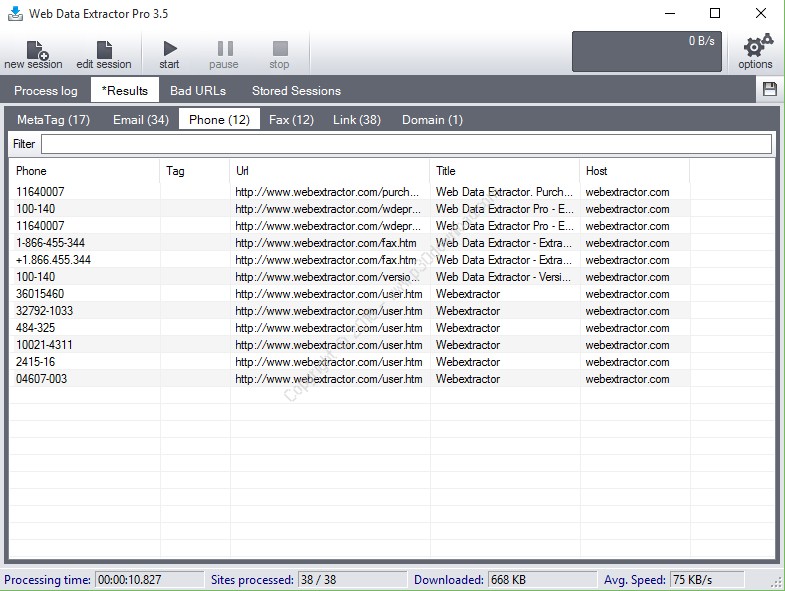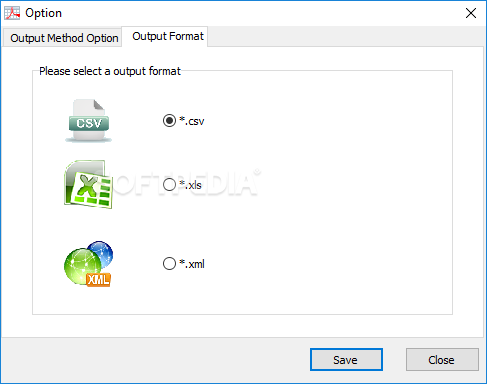
An easy example would be if you want the data type of a signal that is mapped to a PDU. This is handy if you want to get data from element but from the current context, you only have access to its AUTOSAR reference.

The _xref anchor is a special type of anchor because it is a combination of both _xpath and _ref.

SyntaxĪny XPath expression can be used to specify the object that should be parsedĪny XPath expression that leeds to an element containing an AUTOSAR Reference The following types of anchors are supported. Therefore the anchor needs to describe where to find those elements.

The anchor is used to find the specified XML elements, e.g. Syntax Object AnchorsĪn object anchor is the entry point for all following value queries. More information about the values' location and format can be found in the Syntax section. If the conversion isn't possible, it will default to its textual representation. _xpath: "./*/I-PDU-TIMING " MinimumDelay: "text>int:MINIMUM-DELAY " CyclicTiming: "text>float:TRANSMISSION-MODE-DECLARATION/TRANSMISSION-MODE-TRUE-TIMING/CYCLIC-TIMING/TIME-PERIOD/VALUE " _xpath: ".//I-SIGNAL-I-PDU " Name: "SHORT-NAME " TimingSpecification: Important note, an anchor can either return a single object (if only one element exists in the ARXML) or a list of all matching elements. The parsing instructions will be handled relatively starting from this base. Each query will use the anchor of its parent object as a base. This is used to optimize query processing and therefore the parsing performance. This object will the entry point, specified by one of the allowed anchors, and will be the entry point for the following values. It has to start with at least one object. It consists of a freely chosen name and additional parsing instructions in the following referred to as queries.Įvery configuration file has one thing in common. Value describes the data to be extracted from the ARXML file. An object is a collection of values with a given name and an anchor. In general, every configuration file will consist of objects and values. ShortĬonfig file that specified the data that should be extractedĪRXML file from where the data should be extracted The table below describes the available options. The order of the options is optional and can be rearranged. In order to extract data from a given ARXML file, ArxmlDataExtractor.exe needs to be called with the following syntax in your command window.ĪrxmlDataExtractor.exe -config CONFIG -input INPUT -output OUTPUT

JSON output for reusing the data in other scripts or tools.Value conversion into integer, float or date.Specify the output data structure within the configuration.Supports extracting data from AUTOSAR References.Supports XPath expression with auto-handling of AUTOSAR namespaces.Simple syntax to describe data extraction.The extracted data can then be written into three formats: '.txt', '.json' and '.xlsx'. It supports the extraction of complex data structures as well as the handling of AUTOSAR references. yaml files as data extraction specification, afterward referred to as configuration file. ArxmlDataExtractor makes it easy for everybody to extract data from an AUTOSAR.


 0 kommentar(er)
0 kommentar(er)
